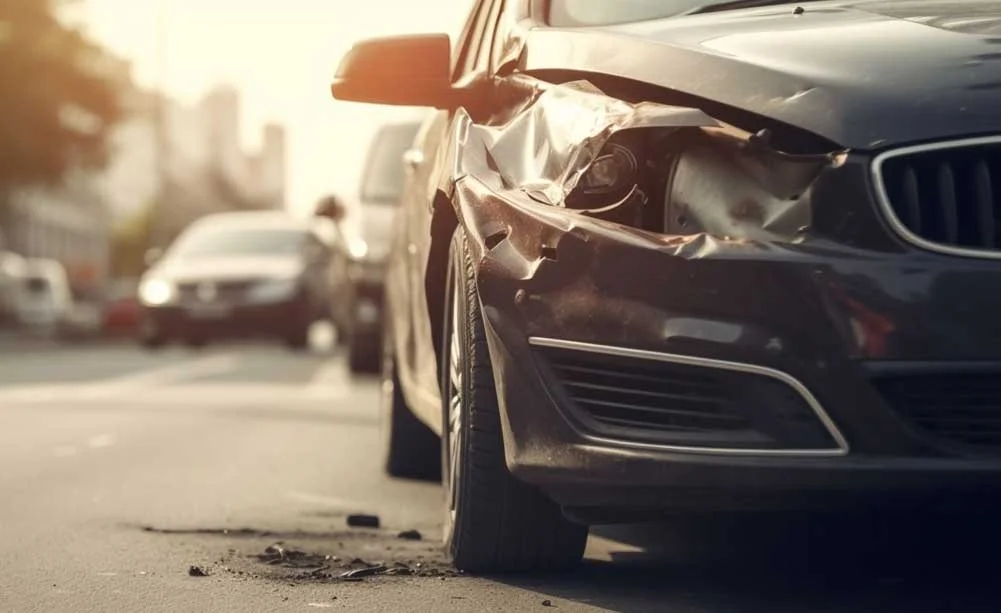What Do Police Do In A Hit and Run?
Unraveling the Steps Law Enforcement Takes to Solve a Driving Mystery
Imagine you’re enjoying a peaceful drive, and suddenly, out of nowhere, another vehicle collides with yours and speeds away without stopping.
A hit and run is not just an act of irresponsibility; it's a violation of trust we place in one another as road users. While such incidents can be distressing, it's crucial to know how the police respond and what you, as a victim, should do.
In this comprehensive guide, we dive deep into the police's protocol and also offer essential advice for hit and run victims.
Related Questions
-
No, it's not advisable. It can be dangerous, and you might end up in another accident or a confrontation. Let the police handle the investigation.
-
Yes, there’s still hope. Surveillance cameras, witnesses, or nearby businesses might have caught details that can help the investigation.
-
This depends on your insurance policy. If you have uninsured motorist coverage, it might cover hit and run damages. It's essential to consult with your insurance provider for specifics.
Short Answer:
Q: What do police do in a hit and run?
A: In a hit and run, the police assess the scene, note the damage, and if provided, run the other driver’s plate number to locate them. If the plate number is unavailable, they might check video surveillance or gather eyewitness accounts. Once the suspected offender is identified, the police question them and may inspect their vehicle for corresponding damage.
Assessing the Scene
The immediate aftermath of a hit and run can be a mix of confusion, shock, and urgency.
It's vital to report the incident to the police as soon as it happens. Once you make that call, the first step taken by law enforcement is to arrive at the scene and conduct a thorough assessment.
The damage to the car, its position, and other physical evidence become critical clues that will aid the investigation.
Running the Plates
When you've been involved in a hit and run, your immediate reaction might be to try and capture as many details of the offending vehicle as possible.
The license plate is like the fingerprint of a car, unique and vital for identification. If the victim manages to note down the plate number of the fleeing vehicle, it becomes a significant lead.
The police will run the plate through their database. If they find a match, the next step is often to visit the address linked to the license plate, usually the home of the registered owner.
Surveillance and Witnesses
However, not all cases are as straightforward. Sometimes the victim might not have caught the plate number, or perhaps the plate was obscured or not visible at all. In such situations, law enforcement has to rely on alternative means.
One of the most common tools at their disposal is video surveillance.
If the incident occurred in a location with CCTV cameras, such as city streets, shopping districts, or near businesses, the footage from these cameras can provide invaluable evidence.
Additionally, canvassing the area for witnesses becomes essential. Eyewitnesses can provide descriptions of the offending vehicle, the driver, and the sequence of events leading up to the hit and run.
Contacting the Suspect
Once the police have identified the suspect, either through the plate number, video footage, or witnesses, they will make contact. This might involve visiting the suspect's residence or place of work.
The main goal is to gather their side of the story and cross-reference it with the evidence at hand.
Checking for Matching Damage
It's often said that every action leaves a trace.
In hit and runs, the offending vehicle will most likely bear some damage or marks that correspond with the victim's car.
Examining the accused individual’s car for such matching damage is another pivotal step in the investigation. If the marks or damage align with the victim’s car, it strengthens the case against the suspect.
Steps to Take If You're a Victim of a Hit and Run
Stay Calm and Safe: Your safety is paramount. Ensure you're in a safe location. If possible, pull over to the side of the road or a parking lot.
Try To Get the License Plate Number: This is one of the easiest and best ways to help the police find the person who hit you.
Contact the Police: Report the incident immediately. Even if you think the damage is minor, an official report can be invaluable for insurance claims or future investigations.
Document Everything: Capture photos of the scene, your vehicle, and any injuries. Note down details like the time, location, and any distinguishing features of the other car.
Seek Witnesses: If there are bystanders or other drivers around, ask if they witnessed the incident. Their testimonies can be crucial for the investigation.
Visit a Doctor: Even if you feel fine, some injuries might not be immediately apparent. It's wise to get a medical checkup.
Notify Your Insurance: Inform your insurance provider about the hit and run so they can guide you on the next steps.
In Conclusion
A hit and run is a traumatic event, but understanding how the police handle such incidents can offer some reassurance to victims.
With a combination of technology, old-fashioned detective work, and public cooperation, law enforcement works diligently to track down culprits and ensure justice is served.
If you ever find yourself in such an unfortunate situation, remember to stay calm, gather as much information as possible, and trust in the process.











Inside the Investigation: A Deeper Dive into Police Detective Benefits